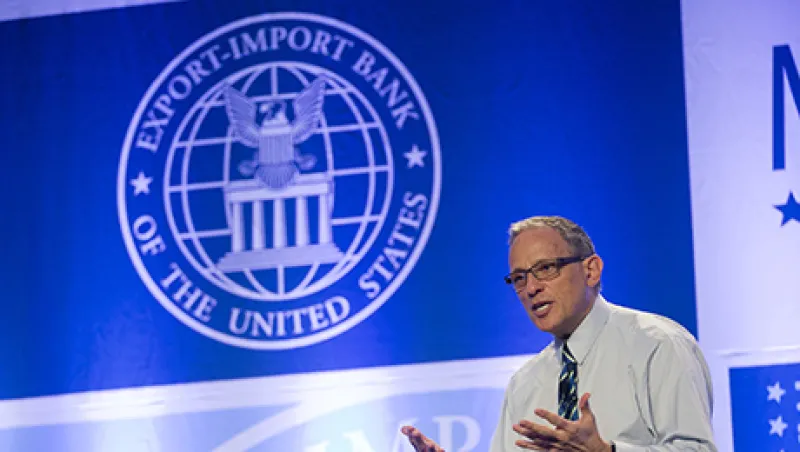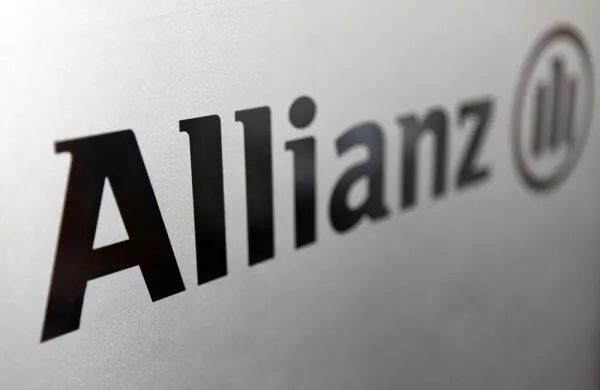The continuing debate in Washington over the reauthorization of the Export-Import Bank of the U.S. has provided a rare moment in the spotlight for export credit agencies, quasi-governmental bodies that support domestic companies via loans for overseas business activity. But even as the fate of the Ex-Im Bank hangs in the balance, the future for ECAs throughout the rest of the world looks bright. This outlook is especially the case when it comes to one of their primary activities — infrastructure funding — and especially in emerging markets, where investment needs are most acute.
The global infrastructure market is booming. According to numbers from London-based financial data firm Dealogic, the market for project finance — much of which goes to finance infrastructure — climbed to $437 billion in 2013 from $407 billion in 2012; total project finance in 2007 was $287 billion. ECAs have become an increasingly important source of funding in the infrastructure market since the 2008–’09 financial crisis, especially as many banks have curbed their lending and hold more cash in-house to comply with Basel III capital rules. ECA support for project-finance-lending activity has grown from less than $10 billion a year to more than $30 billion a year since 2009, according to Andrew Davison, senior vice president of the infrastructure finance group at New York–based credit rating agency Moody’s Investors Service. “We see that trend continuing over the medium term,” he says. France’s COFACE (Compagnie Française d’Assurance pour le Commerce Extérieur), Korea Export Insurance Corp., Japan Bank for International Cooperation and the Brazilian Development Bank (BNDES) are among the most active players in project finance.
The motivation for ECAs to continue to fill the financing gap goes beyond the fact that capital-constrained banks are pulling back; the very demand for finance is set to rise over the years ahead. In 2012 the McKinsey Global Institute estimated that more than $57 trillion in global infrastructure investment would be required in the 18 years to 2030 — 60 percent more than the $36 trillion spent on infrastructure during the preceding 18 years. Easy monetary policies introduced in the wake of the crisis across the developed-markets world mean that today, with liquidity abundant, “the availability of long-term debt across the OECD region significantly exceeds investable deal flow in infrastructure,” says Davison.
But the looming end of easy money, coupled with the simple need for more infrastructure spending and the continued retreat of banks from project finance, means that policymakers are likely to look for mechanisms to mitigate the funding gap over the longer term. ECAs, in Davison’s view, should remain an important part of that focus — even if fiscal consolidation pressures cause governments to be more parsimonious with their lending.
But the strength of ECAs’ influence will likely differ across markets. In developed markets, much non-ECA project finance is sourced through the debt capital markets, a trend that looks set to continue, especially given the increasing appetite of institutional investors for infrastructure debt. In July, for instance, Allianz Global Investors launched a £500 million ($848 million) U.K. infrastructure debt fund. As fiscal consolidation bites and other funding channels grow in importance, ECAs may see their importance in advanced economies decline.
In emerging markets, however, debt markets are often underdeveloped, and “country risk can be a constraint” on the ability or willingness of commercial lenders to enter the market, says Davison. “ECAs and development finance institutions play an important role in financing projects in emerging markets due to their ability to accommodate country risk,” he argues. Emerging markets consistently account for more than half the world’s total project finance and will provide the source of much of the investment to come over the next decade, according to McKinsey. ECAs have a lending mandate and a risk appetite that many banks active in emerging markets lack. These characteristics, coupled with the intensity of emerging markets’ long-term infrastructure needs, suggest that ECAs will continue to be a force for years to come.
Follow Aaron Timms on Twitter at @aarontimms.
Get more on banking and emerging markets.







